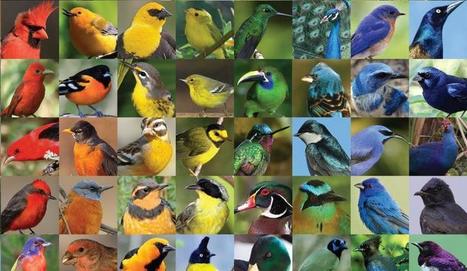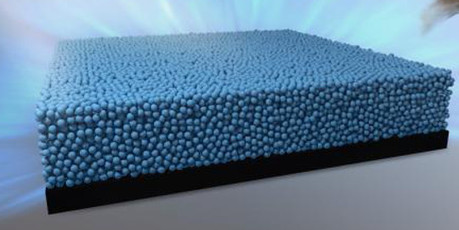Birds display a rainbow palette of colors, many of which come from special arrangements of melanin, the pigment that gives color to our skin. Researchers at the University of Akron have developed a safe and stable pigment based on the melanin structures.
In the colorful world in which we live, colors are significant for not only aesthetics and pleasure, but also for communication, signaling, and security. Colors are produced through either absorption of light by molecules -- pigmentary colors -- or scattering of light by nanostructures -- structural colors.
Via Miguel Prazeres, Dr. Stefan Gruenwald



 Your new post is loading...
Your new post is loading...








